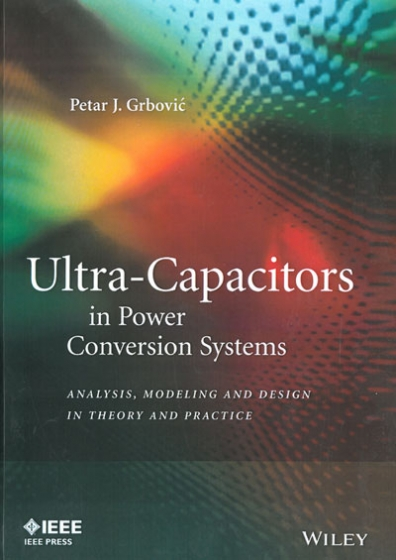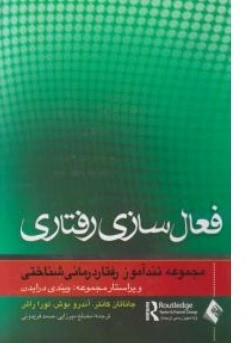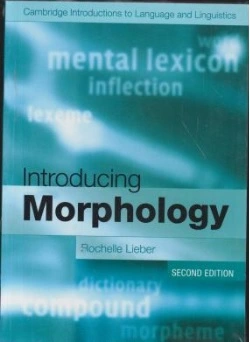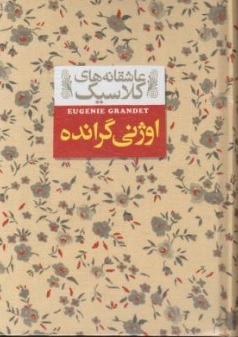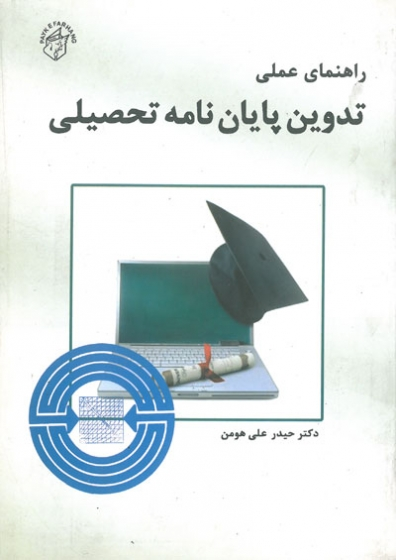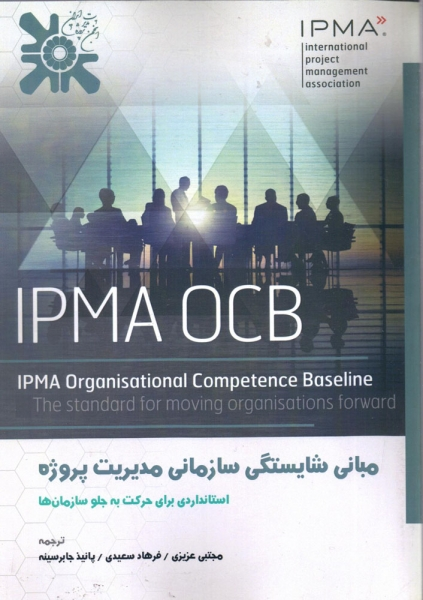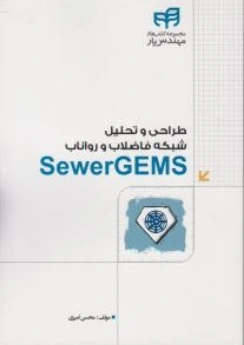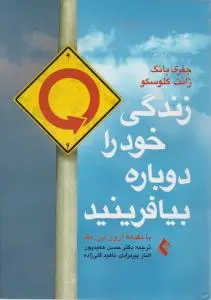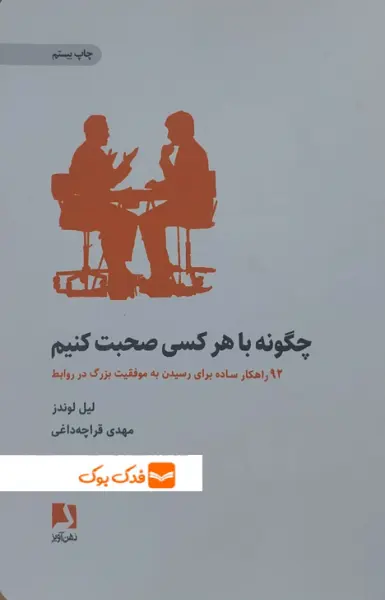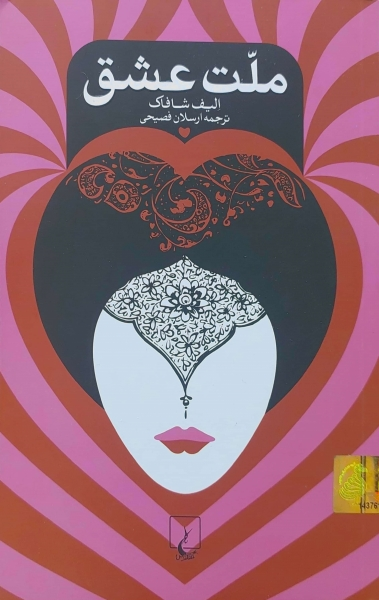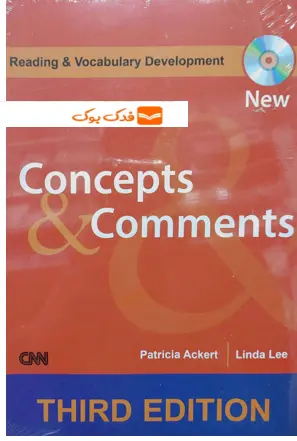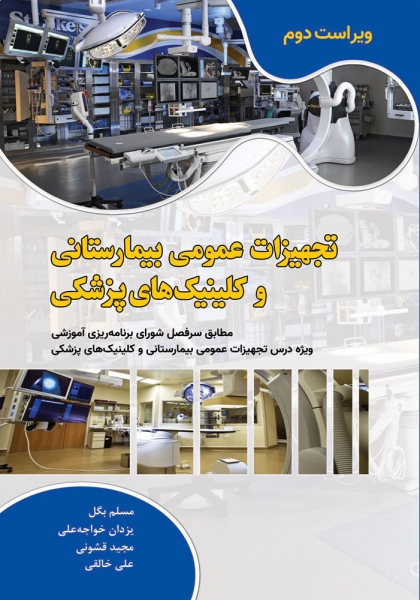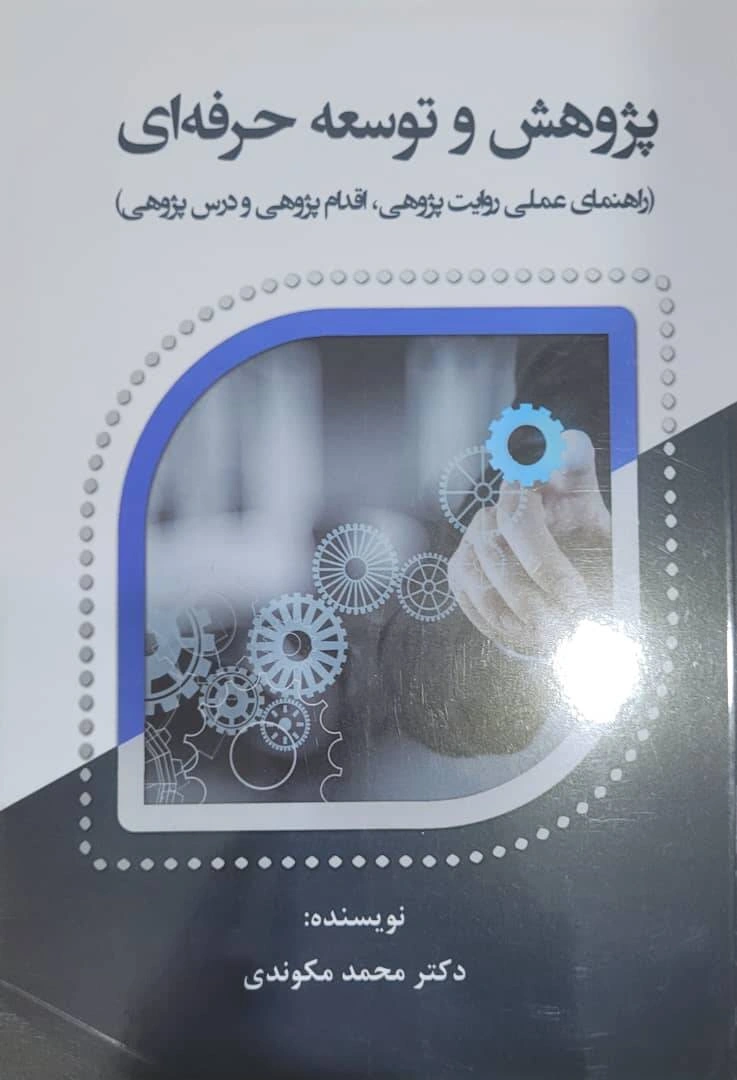Preface
What this Book is About
This book is about ultra-capacitors and their application in power conversion systems. It
is particularly focused on the analysis, modeling, and design of ultra-capacitor modules
and interface dc–dc power converters.
Power conversion systems and power electronics play a significant role in our everyday
life. It would be difficult to imagine a power conversion application, such as industrial
controlled electric drives, renewable sources, power generation and transmission devices,
home appliances, mobile diesel electric gen-sets, earth moving machines and equipment,
transportation, and so on, without power electronics and static power converters. In most
of these applications, we are facing growing demands for a device that is able to store and
re-store certain amounts of energy during a short period. Controlled electric drives may
require energy storage to save energy during braking or provide energy in case of power
supply interruption. Wind renewable “generators” may need energy storage to smooth
power fluctuations caused by wind fluctuation. Power transmission devices such as static
synchronous compensators (STATCOMs) need energy storage to support the power system
with active power during faults and unstable operation. Mobile diesel electric gen-sets
need energy storage to reduce fuel consumption and CO2 pollution. There is a strong
requirement for energy storage in transportation systems in order to improve the system’s
efficiency and reliability.
The energy storage device should be able to quickly store and re-store energy at very
high power rates. The charge and discharge time should be a few seconds up to a few
tens of seconds, while charging specific power is in the order of 5–10 kW/kg. Today, two
energy storage technologies fit such requirements well: (i) flywheel energy storage and
(ii) electrochemical double-layer capacitorss (EDLCs), best known as ultra-capacitors. In
this book, ultra-capacitors are addressed alone.
What is Inside the Book
This book starts from a background of energy storage technologies and devices. Then,
the detailed theory of ultra-capacitors follows. The fundamentals of power conversion
systems and applications are also addressed. An important part of the book is the process
of selection and design of ultra-capacitor modules. Finally, the book ends with a detailed
analysis of interface dc–dc converters. In total, the book has five chapters.
The fundamentals of energy storage technologies and devices are given in the first
chapter. All energy storage systems are classified into two categories: direct and indirect energy storage systems. Direct energy storage devices store electrical energy directly
without conversion into another type of energy. Inductors and capacitors are direct energy
storage devices. Particular devices with high energy density are super magnet energy
storage devices (SMES) and ultra-capacitors. Indirect energy storage systems and devices
convert electrical energy into another type of energy that is easier to handle and store.
Typical systems are electromechanical energy storage systems, such as fly-wheel, hydro
pumped, and compressed air energy storage systems. Electrochemical energy storage
systems, such as electrochemical batteries and hydrogen fuel cells, are other well known
energy storage systems.
The background theory of ultra-capacitors is presented in the second chapter. The
ultra-capacitor model is given with particular attention to the application oriented model.
The ultra-capacitor’s energy and power are then defined and discussed. Different charging/
discharging methods, such as voltage-resistance, current, and power control modes are
analyzed. The ultra-capacitor’s voltage and current characteristics are derived for different
charge/discharge methods. Analysis and calculation of the ultra-capacitor’s current stress
and power losses under different conditions are discussed. An explanation is given of
how ultra-capacitor losses depend on the charge/discharge frequency and how such losses
are determined when the charge/discharge current frequency is in the range of megahertz
(very low frequency) as well as in the range of a couple of hertz (low frequency).
Some application examples, such as variable speed drives with braking and ride through
capability, are given.
The fundamentals of power conversion are presented in the first part of the third chapter.
Requirements for the use of a short-term energy storage device in power conversion
systems are addressed and discussed. The structure of a typical power conversion system
with ultra-capacitor energy storage is presented. The process of selection of an energy
storage device for a particular application requirement is briefly described. Two main
energy storage devices are compared: electrochemical batteries and ultra-capacitors. In
the second part of the chapter we discuss different power conversion applications, such
as controlled electric drives, renewable energy sources (wind, PV, and marine currents
for example), autonomous diesel and natural liquid gas (NLG) gen-sets, STATCOM with
short-term active power capability, UPS, and traction.
The selection of an ultra-capacitor module is intensively discussed in the fourth chapter.
Design of an ultra-capacitor module is based on three main parameters, namely the module
voltage, capacitance, and internal resistance. The module voltage is in fact a set of
different operating voltages and the module rated voltage. The operating and rated voltages,
the module capacitance and internal resistance are defined according to application
requirements, such as energy storage capability, operation life span, efficiency, and so on.
Ultra-capacitor losses and efficiency versus size and cost are discussed in the second part
of the chapter. Some aspects of ultra-capacitor module design are presented. Series connection
of elementary ultra-capacitor cells and voltage balancing issues are also discussed
and the module’s thermal design is considered too. The theoretical analysis is supported
by several examples from some real power conversion applications.
Interface dc–dc converters are discussed in the fifth chapter. First, the background of
bi-directional dc–dc power converters is given. The converters are classified in different
categories, such as full power versus fractional power rated converters, isolated versus
non-isolated converters, two-level versus multi-level and single-cell versus multi-cell
interleaved converters. State-of-the-art topologies are compared according to the application’s
requirements. A detailed analysis of a multi-cell interleaved bi-directional dc–dc
converter is given in the second part of the chapter where design guidelines are given too.
The theoretical analysis is supported by a set of numerical examples from real applications,
such as high power UPS and controlled electric drive applications.
Who Should Read this Book (and Why)
This book is mainly aimed at power electronics engineers and professionals who want to
improve their knowledge and understanding of advanced ultra-capacitor energy storage
devices and their application in power conversion, in the present as well as in the near
future. The book could also be background material for graduate and PhD students who
want to learn more about ultra-capacitors and power conversion application in general.
The reader is expected to have basic knowledge in math, theory of electric circuits and
systems, electromagnetics, and power electronics.
Acknowledgments
I started this story about ultra-capacitors some years ago, when I was with Schneider
Electric, R&D of Schneider Toshiba Inverter (STI), in Pacy sur Eure, France. I would
like to express my thanks to Dr. Philippe Baudesson and Dr. Fabrice Jadot for the support
I received at that time when I first started thinking about the application of ultra-capacitors
in controlled electric drives.
I would like to express my deep gratitude to Professor Philippe Delarue and Professor
Philippe Le Moigne from Laboratoire d’Electrotechnique et d’Electronique de Puissance
(L2EP), Lille, France, for all the creative and fruitful discussions we had and all his
comments and suggestions.
I would like to express my sincere thanks to Peter Mitchell, publisher; Richard Davies,
project editor; Laura Bell, assistant editor; Genna Manaog, senior production editor;
Radhika Sivalingam, project manager; and Caroline McPherson, copy editor. It has been
real pleasure to work with all of them.
Last but not least, I offer my deepest gratitude to my family, my wife Jelena, son Pavle,
and mother Stojka, for their love and support and for their confidence in me.
Finally, let me express my deepest gratitude to God for His blessing.
Dr Petar J. Grbovi´c
Ismaning, Germany
Contents
Preface ix
1 Energy Storage Technologies and Devices 1
1.1 Introduction 1
1.1.1 Energy 1
1.1.2 Electrical Energy and its Role in Everyday Life 1
1.1.3 Energy Storage 2
1.2 Direct Electrical Energy Storage Devices 3
1.2.1 An Electric Capacitor as Energy Storage 3
1.2.2 An Inductor as Energy Storage 8
1.3 Indirect Electrical Energy Storage Technologies and Devices 11
1.3.1 Mechanical Energy Storage 11
1.3.2 Chemical Energy Storage 15
1.4 Applications and Comparison 19
References 21
2 Ultra-Capacitor Energy Storage Devices 22
2.1 Background of Ultra-Capacitors 22
2.1.1 Overview of Ultra-Capacitor Technologies 22
2.2 Electric Double-Layer Capacitors—EDLC 24
2.2.1 A Short History of the EDLC 24
2.2.2 The Ultra-Capacitor’s Structure 24
2.2.3 The Ultra-Capacitor’s Physical Model 24
2.3 The Ultra-Capacitor Macro (Electric Circuit) Model 27
2.3.1 Full Theoretical Model 27
2.3.2 A Simplified Model 36
2.3.3 A Simulation/Control Model 39
2.3.4 Exercises 41
2.4 The Ultra-Capacitor’s Energy and Power 42
2.4.1 The Ultra-Capacitor’s Energy and Specific Energy 42
2.4.2 The Ultra-Capacitor’s Energy Efficiency 43
2.4.3 The Ultra-Capacitor’s Specific Power 44
2.4.4 The Electrode Carbon Loading Limitation 45
2.4.5 Exercises 45
2.5 The Ultra-Capacitor’s Charge/Discharge Methods 47
2.5.1 Constant Resistive Loading 47
2.5.2 Constant Current Charging and Loading 47
2.5.3 Constant Power Charging and Loading 51
2.5.4 Exercises 57
2.6 Frequency Related Losses 59
2.6.1 The Current as a Periodic Function 60
2.6.2 The Current as a Nonperiodic Function 64
2.7 The Ultra-Capacitor’s Thermal Aspects 65
2.7.1 Heat Generation 65
2.7.2 Thermal Model 66
2.7.3 Temperature Rise 66
2.7.4 Exercises 69
2.8 Ultra-Capacitor High Power Modules 72
2.9 Ultra-Capacitor Trends and Future Development 74
2.9.1 The Requirements for Future Ultra-Capacitors 74
2.9.2 The Technology Directions 75
2.10 Summary 76
References 76
3 Power Conversion and Energy Storage Applications 78
3.1 Fundamentals of Static Power Converters 78
3.1.1 Switching-Mode Converters 78
3.1.2 Power Converter Classification 80
3.1.3 Some Examples of Voltage-Source Converters 80
3.1.4 Indirect Static AC–AC Power Converters 81
3.2 Interest in Power Conversion with Energy Storage 84
3.2.1 Definition of the Problem 84
3.2.2 The Solution 85
3.2.3 Which Energy Storage is the Right Choice? 86
3.2.4 Electrochemical Batteries versus Ultra-Capacitors 87
3.3 Controlled Electric Drive Applications 90
3.3.1 Controlled Electric Drives from Yesterday to Today 90
3.3.2 Application of Controlled Electric Drives 93
3.3.3 Definition of the Application Problems 93
3.3.4 The Solution 97
3.4 Renewable Energy Source Applications 102
3.4.1 Renewable Energy Sources 102
3.4.2 Definition of the Problem 107
3.4.3 Virtual Inertia and Renewable Energy ‘Generators’ 111
3.4.4 The Solution 113
3.5 Autonomous Power Generators and Applications 113
3.5.1 Applications 113
3.5.2 Definition of the Problem 118
3.5.3 The Solution 120
3.6 Energy Transmission and Distribution Applications 121
3.6.1 STATCOM Applications 121
3.6.2 Definition of the Problems 122
3.6.3 The Solution 126
3.7 Uninterruptible Power Supply (UPS) Applications 128
3.7.1 UPS System Applications 128
3.7.2 UPS with Ultra-Capacitor Energy Storage 130
3.8 Electric Traction Applications 131
3.8.1 Rail Vehicles 132
3.8.2 Road Vehicles 134
3.8.3 A Generalized Traction System 141
3.9 Summary 145
References 147
4 Ultra-Capacitor Module Selection and Design 149
4.1 Introduction 149
4.1.1 The Analysis and Design Objectives 149
4.1.2 Main Design Steps 150
4.1.3 The Ultra-Capacitor Model 151
4.2 The Module Voltage Rating and Voltage Level Selection 152
4.2.1 Relation between the Inner and Terminal Voltages 153
4.2.2 Maximum Operating Voltage 154
4.2.3 Minimum Operating Voltage 155
4.2.4 The Ultra-Capacitor Intermediate Voltage 156
4.2.5 The Ultra-Capacitor Rated Voltage 160
4.2.6 Exercises 162
4.3 The Capacitance Determination 164
4.3.1 Energy Storage/Recovery Capability 164
4.3.2 Conversion Efficiency 164
4.3.3 End-of-Life Effect on the Capacitance Selection 171
4.3.4 Exercises 172
4.4 Ultra-Capacitor Module Design 173
4.4.1 Series/Parallel Connection 173
4.4.2 Current Stress and Losses 176
4.4.3 String Voltage Balancing 178
4.4.4 Exercises 186
4.5 The Module’s Thermal Management 189
4.5.1 The Model’s Definition 190
4.5.2 Determination of the Model’s Parameters 192
4.5.3 The Model’s Parameters—Experimental Identification 193
4.5.4 The Cooling System Design 194
4.5.5 Exercises 197
4.6 Ultra-Capacitor Module Testing 207
4.6.1 Capacitance and Internal Resistance 208
4.6.2 Leakage Current and Self-Discharge 212
4.7 Summary 214
References 215
5 Interface DC–DC Converters 216
5.1 Introduction 216
5.2 Background and Classification of Interface DC–DC Converters 216
5.2.1 Voltage and Current Source DC–DC Converters 218
5.2.2 Full Power and Fractional Power Rated Interface
DC–DC Converters 220
5.2.3 Isolated and Non-Isolated Interface DC–DC Converters 220
5.2.4 Two-Level and Multi-Level Interface DC–DC Converters 222
5.2.5 Single-Cell and Multi-Cell Interleaved Interface
DC–DC Converters 222
5.3 State-of-the-Art Interface DC–DC Converters 223
5.3.1 Two-Level DC–DC Converters 223
5.3.2 Three-Level DC–DC Converters 225
5.3.3 Boost-Buck and Buck-Boost DC–DC Converters 226
5.3.4 Isolated DC–DC Converters 226
5.3.5 Application Summary 227
5.4 The Ultra-Capacitor’s Current and Voltage Definition 229
5.5 Multi-Cell Interleaved DC–DC Converters 231
5.5.1 Background of Interleaved DC–DC Converters 231
5.5.2 Analysis of a Two-Cell Interleaved Converter 233
5.5.3 N-Cell General Case Analysis 239
5.6 Design of a Two-Level N-Cell Interleaved DC–DC Converter 254
5.6.1 ICT Design: A Two-Cell Example 254
5.6.2 The Filter Inductor Design 261
5.6.3 DC Bus Capacitor Selection 268
5.6.4 Output Filter Capacitor Selection 274
5.6.5 Power Semiconductor Selection 277
5.6.6 Exercises 286
5.7 Conversion Power Losses: A General Case Analysis 295
5.7.1 The Origin of the Losses 295
5.7.2 Conduction Losses 297
5.7.3 Switching Losses 297
5.7.4 Blocking Losses 299
5.7.5 Definition of the Moving Average and RMS Value 299
5.8 Power Converter Thermal Management: A General Case Analysis 299
5.8.1 Why is Thermal Management Important? 299
5.8.2 Thermal Model of Power Semiconductors 300
5.8.3 Thermal Model of Magnetic Devices 306
5.8.4 Thermal Model of Power Electrolytic Capacitors 309
5.9 Summary 313
References 314
Index 317


